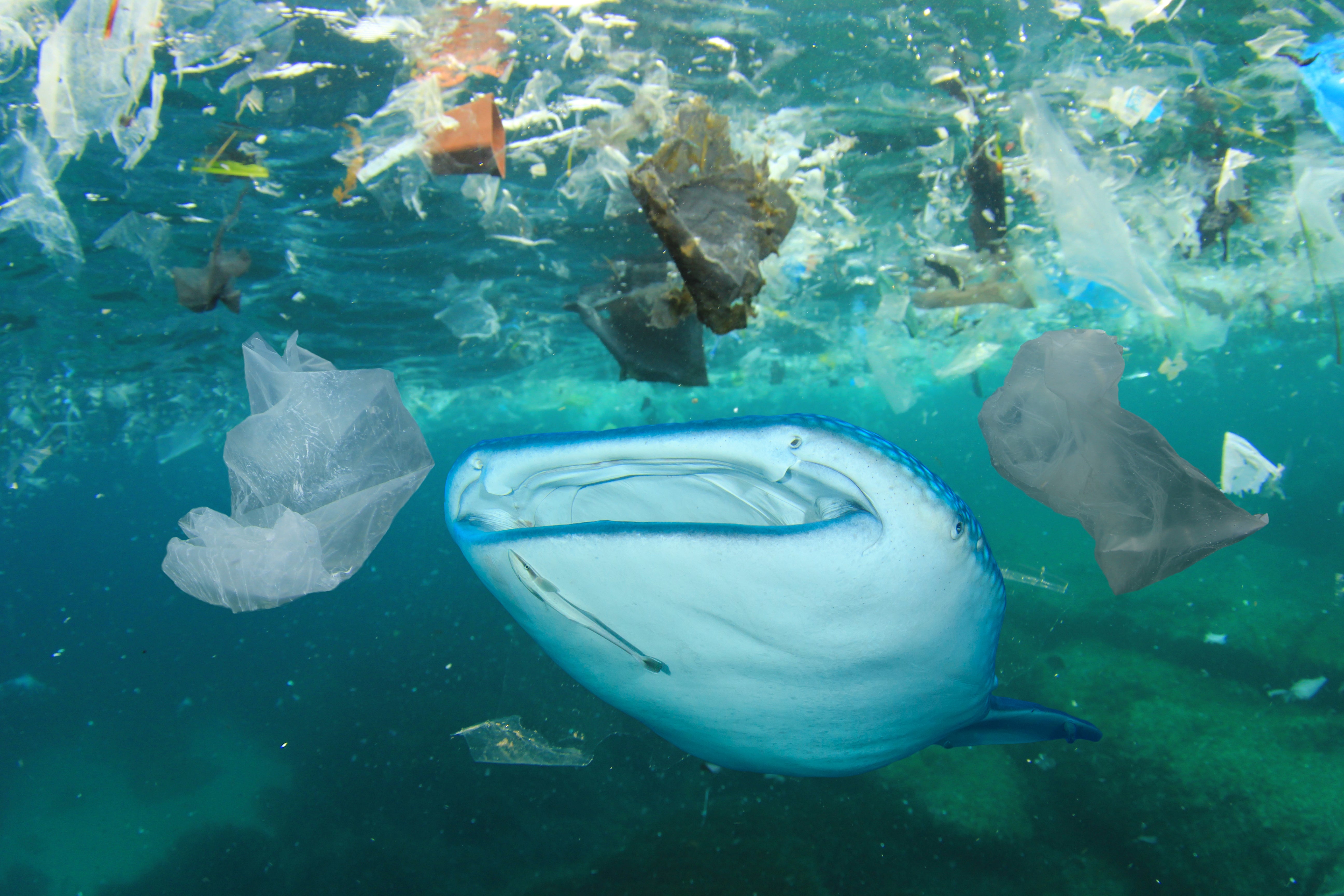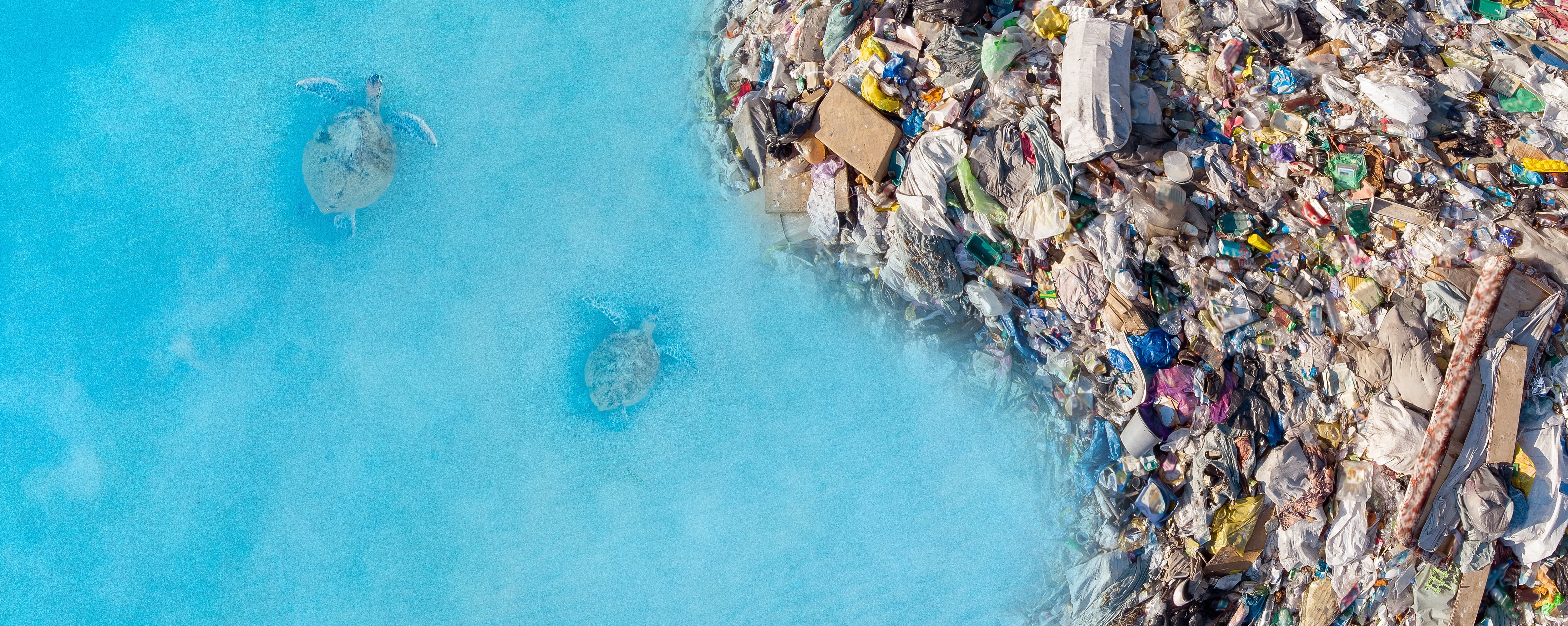5 MIN READ
2-23-2024
Orca Found Washed Up With Only Plastic In Stomach
Mikaela Walsh, 4ocean Research Analyst
One of the ocean’s famous apex predator’s is in desperate need of our help.
Orcas are notorious marine mammals that are globally known for their distinctive features. A distinguishable feature is their coloration; the top of the body is black, and the belly is white. The Orcinus species is classified as the largest member of the Delphinidae family but is quite different from the concept of typical dolphins. Perhaps, they are more commonly known because many aquariums display captured orcas. Orcas have been recorded to live up to 80 years in their natural aquatic environment. Meanwhile, the oldest orca in captivity has been documented to live 30 years. Orcas are called apex predators in the ocean because of their ability to eat and capture almost any animal, hence the nickname of killer whales. Orcas are intelligent animals as they possess extraordinary brain capacities. They form relationships and travel together in pods.
As an apex predator, orcas eat anything and everything in the ocean. They are very similar to sharks in that manner. However, they will eat sharks! Their primary food source is fish and squid, but they also devour birds, seals, and other organisms. They have intensely sharp teeth, allowing them to eat a wide range of food sources. They are essential to our marine ecosystem because, as an apex predator, they eat sick and dead organisms. An organism not in its best health is more accessible to catch as prey. This is vital because it regulates bacteria levels to foster healthy ocean systems. Sharks and killer whales keep the food chains in the ocean controlled, a check and balance mechanism.
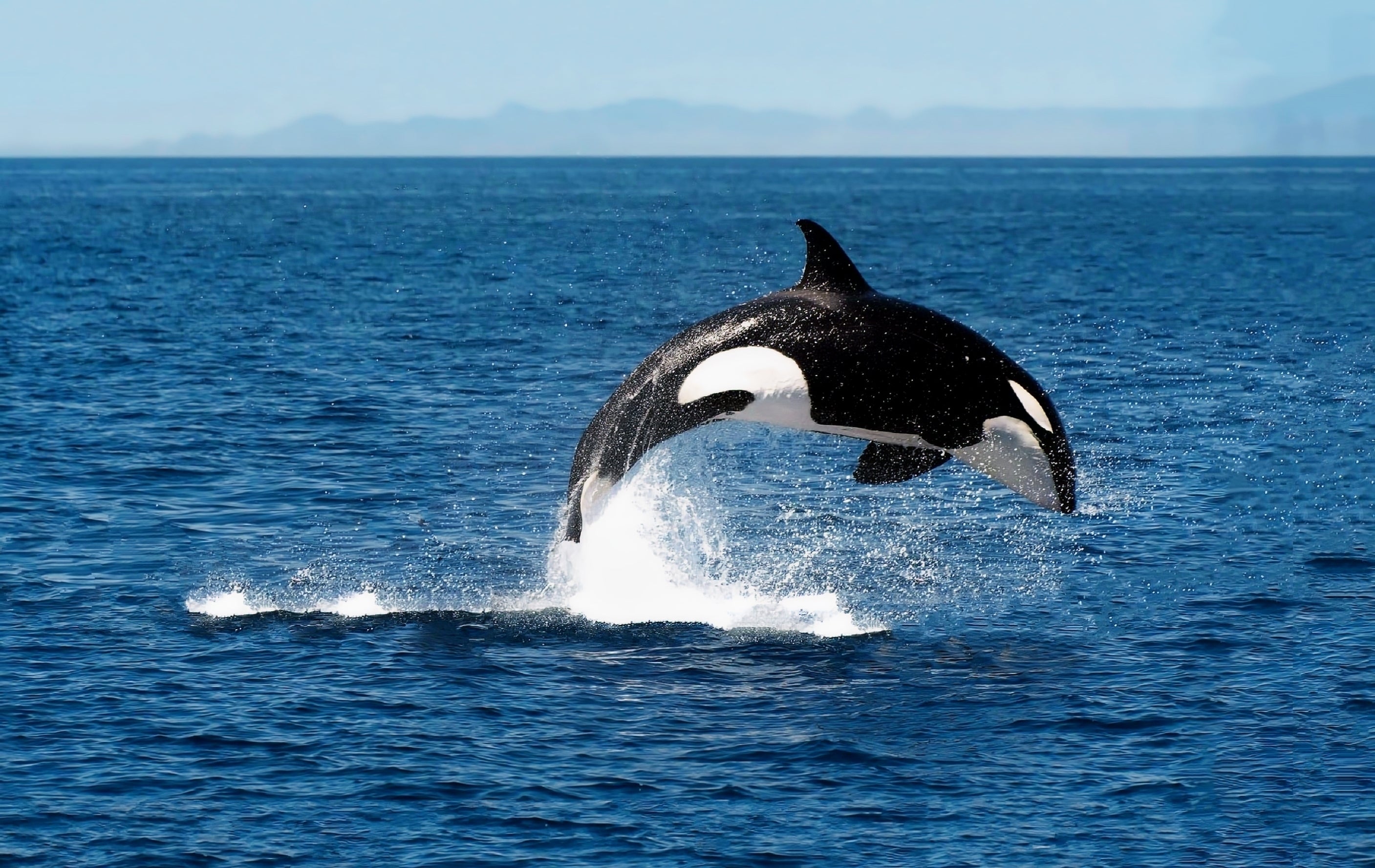
As an apex predator, orcas now face a relatively new and unknown predator. This predator of orcas is deadly. This predator is plastic. A little over a year ago, a 16-foot orca was found, washed up, on the coast of Brazil with nothing but plastic debris in its stomach. A necropsy was performed by Brazil’s Orca Institute, which determined the death of this orca. They found a concerning amount of plastic debris. Shockingly, inside the stomach of this animal was a 2.5-foot-long rigid sheet of plastic. One of the researchers told authorities that nothing except plastic debris was found inside the orca's digestive tract. This led them to believe that this was an ongoing issue of being unable to feed.
This orca was found to have a lot of inflammation, intestinal blockage, and other health challenges caused by ingesting this plastic debris.
Ingestion of plastic debris is exceptionally harmful to organisms for several reasons. This causes the animals to believe that it is full, causing organisms not to feed but starve because their stomach is full of indigestible materials. This causes the animal to be unable to digest nutrients and feel starving and full at the same time. Plastic ingestion induces intestinal blockages, tears, and inflammation. This can be uncomfortable for the animal and remarkably painful.
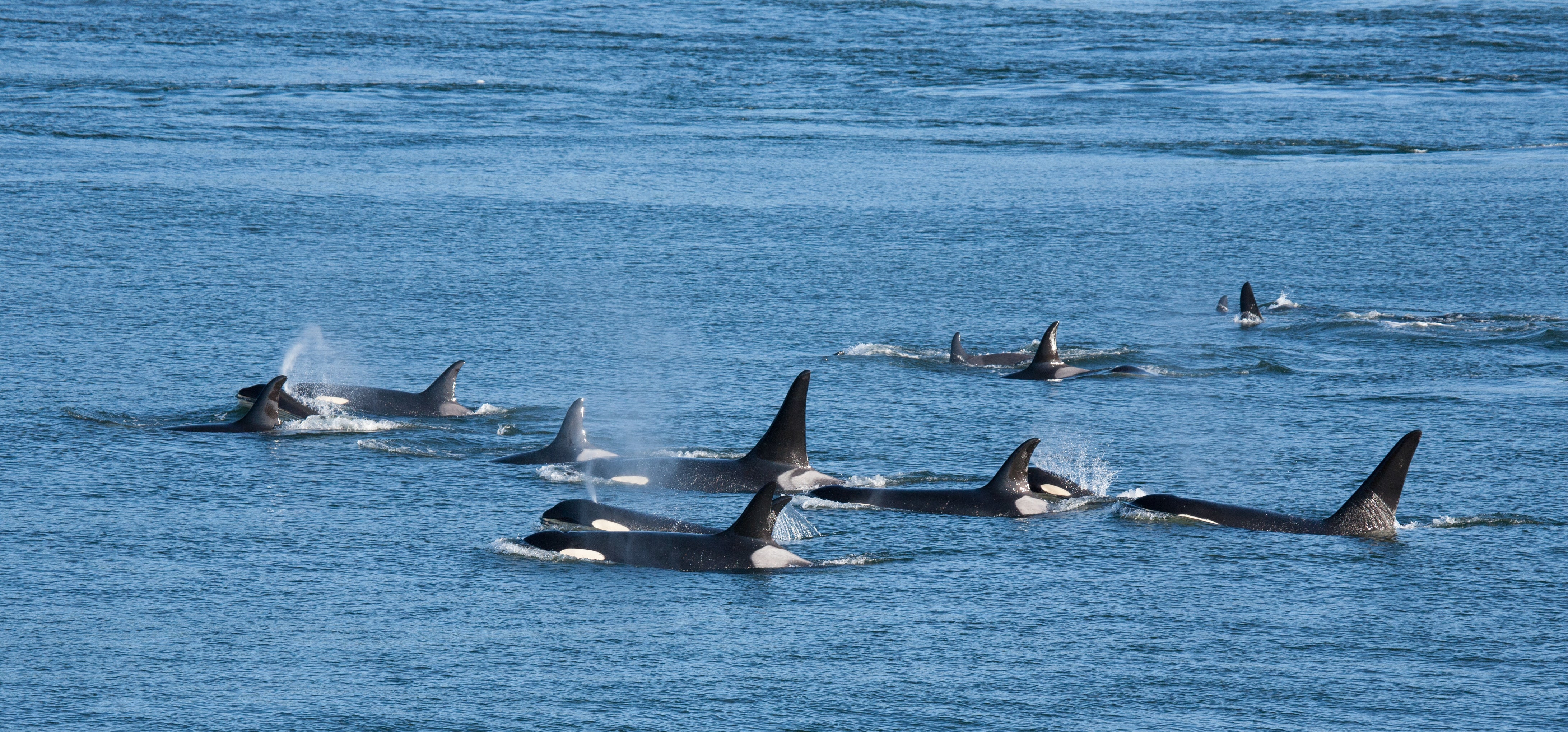
Moreover, varying types of plastic have different densities based on manufacturing methods and material composition. Consequently, certain plastics float on the water’s surface, while others sink to the ocean floor. Plastic pollution is driving our oceans and marine life into endangerment. The population of whale sharks has decreased by 50% over the past 75 years, placing them on the endangered species list. Additionally, manta rays are currently a threatened species on the list.
These organisms serve essential roles in our marine environment, significantly regulating plankton populations and nutrient cycling. The manta rays and whale sharks are two enormous organisms that bring life and beauty to our oceans and fulfill a necessary niche. There is still an opportunity to address the challenges faced by these beautiful animals, but swift action is required for meaningful change.
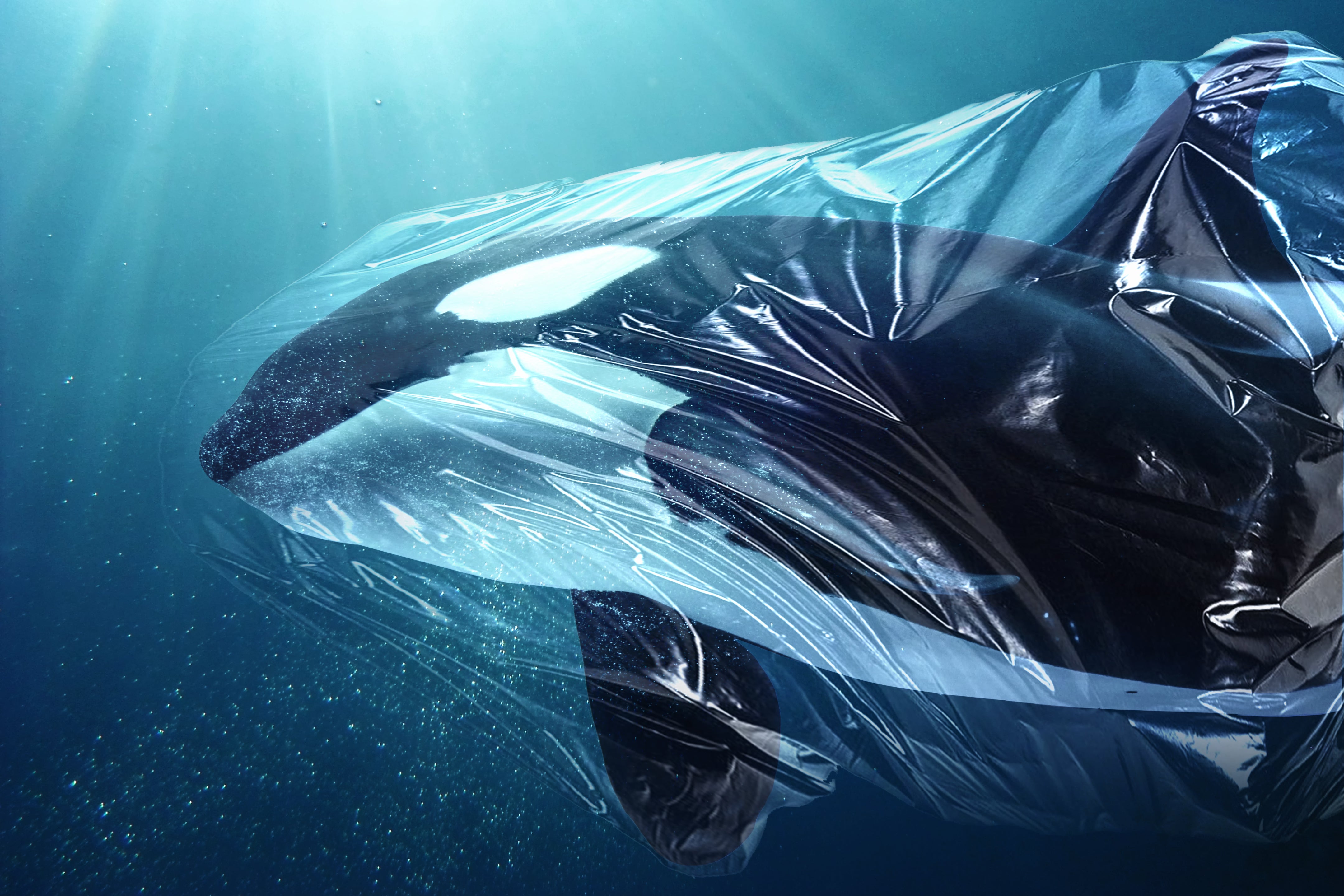
Photo: Jesshaddenphoto
You May Also Like
